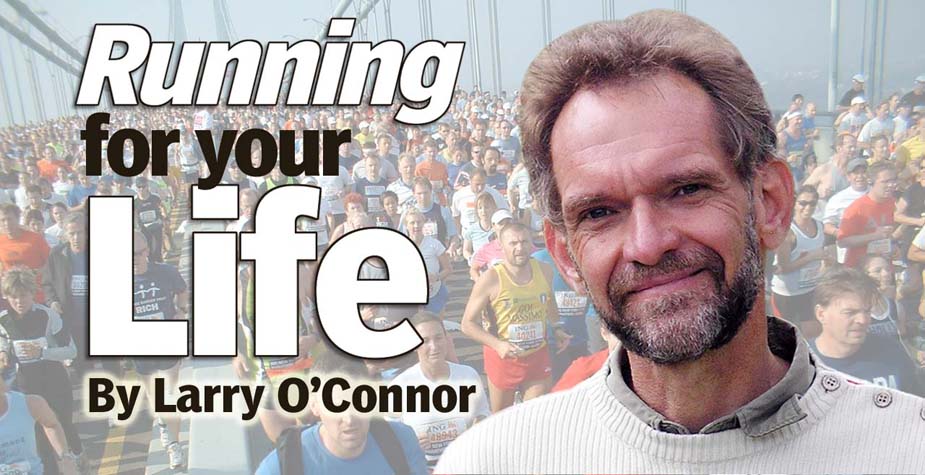It’s been a long, long time since I got so much out of a single New Yorker http://nyr.kr/otYONF. (Talking magazines, not my daughter, she of the powerful intellect http://nyp.st/ielb6l and perfect-pitch loyalty, that’s her. In case you’re wondering my wife M lives in New York but is as Midwestern as Fitzgerald; and yeah, nods to Paul Simms and “God’s Blog” http://nyr.kr/oAzqQX)
Back-to-back wonders, the undressed-down, let-his-story-tell-the-story style of Larissa Macfarquhar’s “How to Be Good” profile of the heretofore unknown to me philosopher Derek Parfit, and the crystalline father and son story, “Town of Cats,” by Haruki Murakami. Seems the work of a single mind. Our heroes, Parfit and Tengo, find joy and passion in both science and literature. This from “TOC”: especially in “TOC”: science on the one hand and literature on the other:
“While math was like a magnificent imaginary building for Tengo, literature was a vast magical forest. Math stretched infinitely upward toward the heavens, but stories spread out before him, their sturdy roots stretching deep into the earth.”
Tengo, the hero of Murakami’s story, could be an acolyte of Parfit’s. Or a younger version of the man whose life is so deftly limned by Macfarquhar that it’s a pale imitation for me to try to do it justice here. Just read it, the Parfit profile, on newsstands now. (There is a free link the Murakami story on the current New Yorker site http://nyr.kr/mYqYKJ, but not the PP.) Better to have a hard copy of this one. Or iPad. Or online archive. Whatever. And Parfit’s books. If you’ve got the money, make the time.
How these works converge. Parfit and his distant relationship with his father. Enough to question the very paternity of the father. As does Tengo, the younger. Murakami’s Tengo is at an age when he very much could take the moment at the end of the story and find his way to the life that Parfit leads. (Parfit, as described by Macfarquhar, seems like someone only Murakami could imagine.) Both fathers so coarse, so raw, yet so powerful, so looming with might in the heart and minds of their superior sons, that the brutes’ tears have our heroes shaken to the core.
The philosophy of life itself intersects in these pages. The “vacuum” that the father describes in the harrowing climax of “TOC” is a Parfitian transitional moment. The self is leaving and what replaces it? Either the void or a greater understanding, an acknowledgment of the virtue of selflessness, that holding on to self is to embrace the fear of death. Will Tengo go back, visit his father again soon? Perhaps, if he does, fear will lift from his father before death falls.
Here is the premise that Parfit believes is the holy grail, that will help to answer the burning question that retired and aged Private Ryan in the Spielberg film, tears in his eyes, asks his wife before the thousands of war dead in an American military cemetery in France: “Am I a good man?”:
“An act is wrong just when such acts are disallowed by some principle that is optimific (leading to the best results), uniquely universally willable, and not reasonably rejectable.”
He calls it the Triple Theory because the principles “were conceptualist because they would lead to the best results; Kantian because they are universally willable; and constructualist because no person could reasonably reject them.”
If you imagine the blank, blink-blink face of aged Private Ryan, perplexed as to just what Parfit is getting at, you’re not alone. At his age, Ryan has an excuse not to spend the time and effort and read Parfit, to gain a deeper understanding of that simple yet critical question.
What’s mine?
*
I'm hoping this year is optimific. As far as running is concerned. On Sept. 14, I will be re-registering for the Boston. To recap, last March I blew out my right hamstring less than a month before my first running of the Boston Marathon. And I'm out. Down too. But this summer, I feel, I've been a little smarter. What writers need to do when the block comes: stop, assess.
As with running, reading and 'riting, my 3 R's, this summer I went back to the source. It was terrible blow. But one that caused me to think what I could have done differently. The strength of my body has been a gift, one that running has helped to shape these part thirty-plus years.
But running can't do it alone. This summer I've become an advocate of cross-training; twice, three times a week running, and twice, three times a week in the gym. In my case, I focus on hamstring, calves and hips. Heavy on the ellipical machine, if I have the time. After a long run, fifteen minutes of mandatory stretching. As regular as prayer. So that in April I will be ready to do like I've been telling you. To run for my life.
Running for Your Life: Back to the Fire

0 comments:
Post a Comment